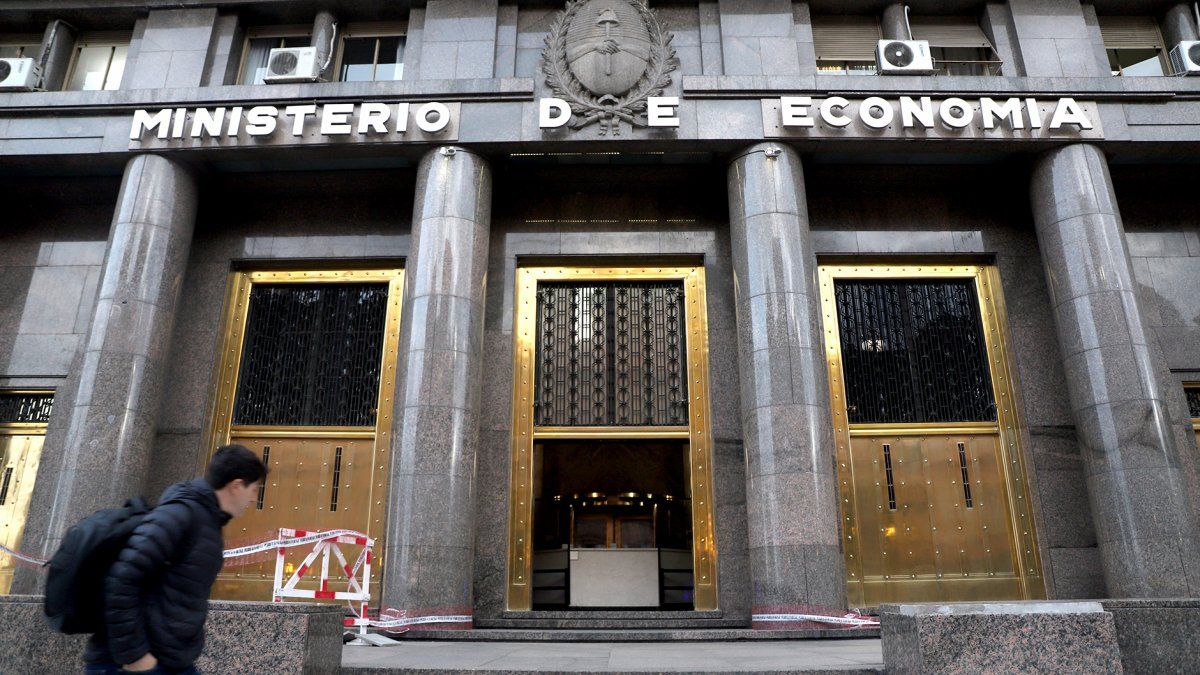The current scenario is marked by the impact of the so-called “soybean dollar” that the Government agreed with the cereal companies, which allowed in the first fortnight of the month liquidations for some US$2.5 billion and with it removed the risks of a devaluation.
From it, New prospects began to open up for inflation-adjustable bonds. While the government’s crisis of confidence lasted, which cost Martín Guzmán and Silvina Batakis the post of Economy Minister in less than a month, investors’ preferences for hedging prevailed in the market over dollar-linked bonds. for fear of an uncontrolled devaluation. In June, bonds in pesos had been affected by fears of a reprofiling of maturities.
Both scenarios cleared, The Executive resumes the dynamics of placements in local currency, although for this it will have to validate a new rise in effective yields. Faced with the prospect of a rate of devaluation in the official dollar below the rise in the IPC, CER-adjustable bonds are positioned almost as the exclusive instrument to preserve value.
In this Friday’s call, the Treasury will offer a Lede (fixed rate) maturing on January 31, 2023 for $50,000 million nominal value and with a price to be determined, a Lecer (tied to inflation) on February 17 for $40,000 nominal million and a Lecer as of June 16, 2023 for $15,000 million. This last one will be a real test for a potential debt swap in November and December that tries to extend the maturities for the second half of next year.
Alfonso López Godoy, portfolio manager of Southern Trust, pointed out that “there are many pesos and many coverage alternatives are negative, but the inflation data came out high, so it is expected that tomorrow the BCRA will raise the rate and on Friday the Treasury will follow”. Even so, López Godoy considers that the effective annual rate that the Treasury will offer “should not go too much above 100% so as not to hit the Lecers”.
The main due date to attend next week is a BONCER 2022 (Q2X2), for $120.791 million, according to estimates from the Congressional Budget Office. Then on September 30, a Lede (S30S2) expires for another $106,099 million. But to renew this last payment, another tender is scheduled for Wednesday the 28th.
A large part of the maturities of the month are intra-State, above all, because the Central Bank has gone out in recent months to buy Treasury bonds to prevent their price from collapsing, when the crisis of confidence began to affect them in June. and July. ORA report by Adcap Grupo Financiero, states that “taking into account a more orthodox Ministry of Economy since the arrival of Massa and Rubinstein, sovereign bonds in dollars offer an unbeatable level of coverage”.
Source: Ambito
David William is a talented author who has made a name for himself in the world of writing. He is a professional author who writes on a wide range of topics, from general interest to opinion news. David is currently working as a writer at 24 hours worlds where he brings his unique perspective and in-depth research to his articles, making them both informative and engaging.




